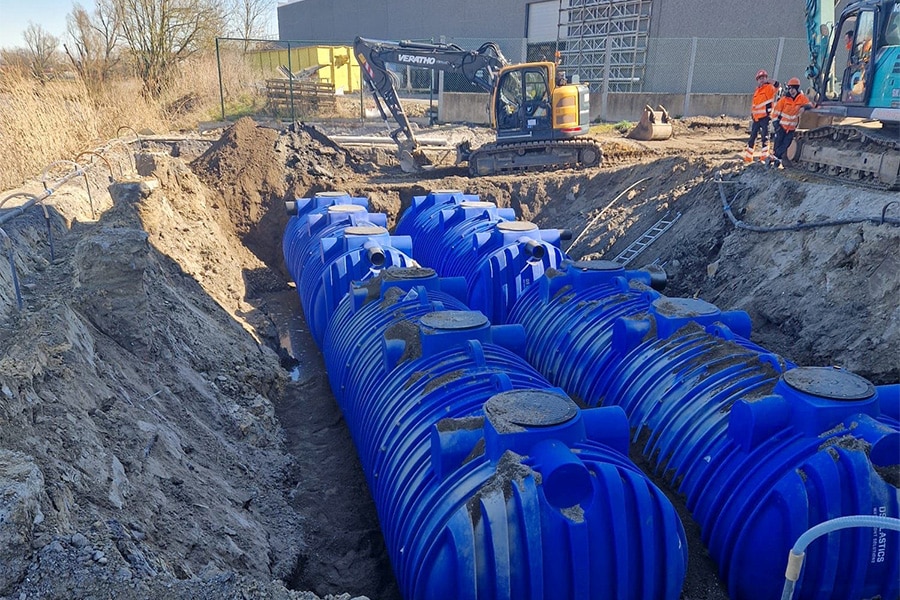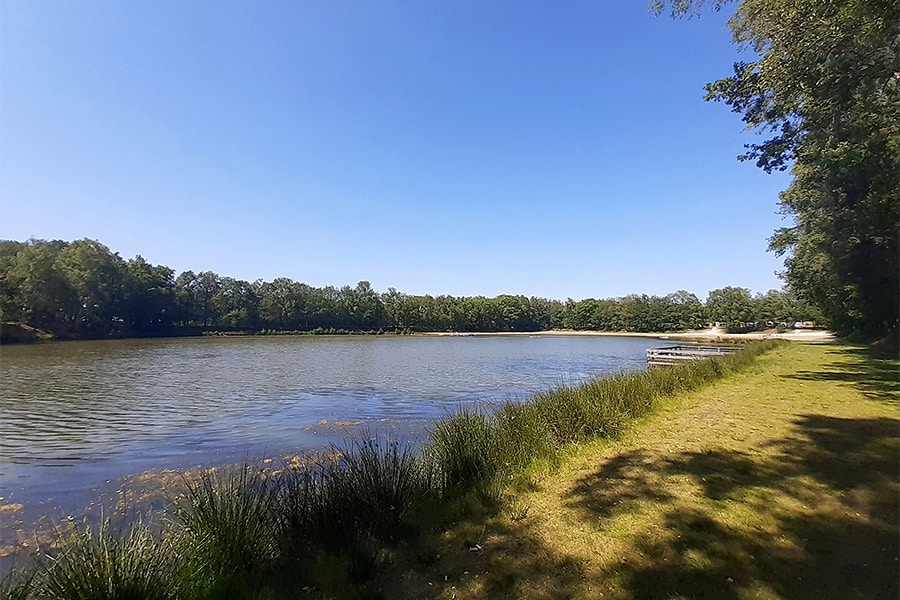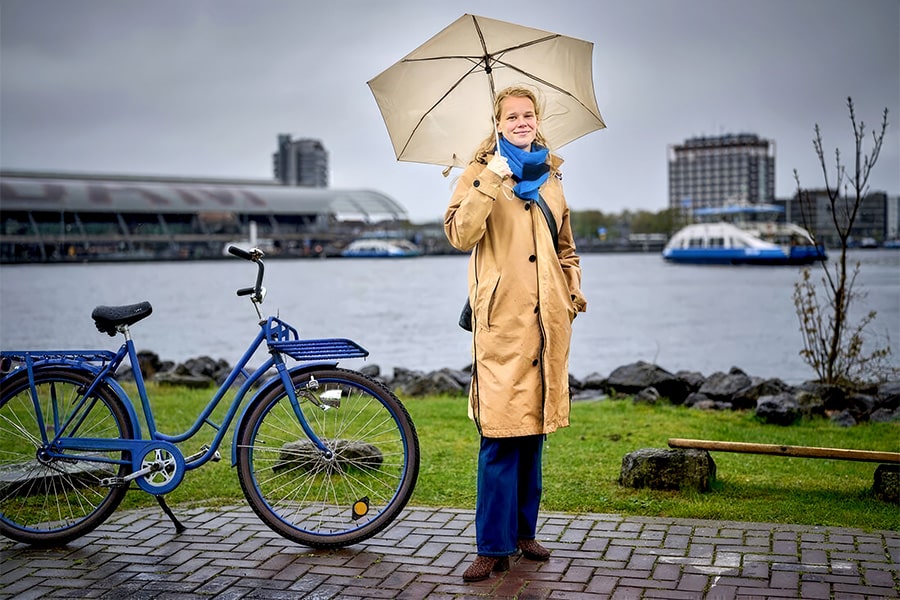
Foundation repair by soil injection
Sagged bus lanes, streetcar tracks, asphalt roads or subsiding structures can lead to serious traffic congestion and dangerous
situations. With the Floorlift soil injection method, URETEK can remedy this quickly, economically and without serious inconvenience.
"The unique injection method is a Finnish invention and consists of a 2-component polyurethane expansion resin," explains Arend Knufman, Technical Manager at URETEK Benelux. "Within 15 seconds, the resin takes on 33 times its own volume with an expansion force of 50 tons per m2. To repair subsidence, we first drill small holes in the concrete. Into these we inject small amounts of expansion resin to first compact the subgrade. Then we can direct subsidence to the desired level with millimeter precision. For this we use laser equipment."

Clattering concrete slabs
According to Knufman, in theory there is no maximum height. "We have sometimes lifted a repository more than 60 centimeters," he says. The injection method is applicable to almost all soil layers, such as sand, clay, loam and peat. In the infrastructure sector, we are regularly asked to repair subsided bus lanes, streetcar tracks and railroad crossings or even straighten high-voltage pylons. For example, we are currently repairing a bus lane in Eindhoven. The concrete slabs rattled at the dilatations, causing noise pollution for local residents. After a test injection the problem was solved and we were awarded the contract to repair a large part of the bus lane. The same applies to the streetcar track in Amsterdam IJburg. It lies so crooked locally that the streetcar is hindered. With our Floorlift soil injection method, we straighten the concrete slabs in the track. The method is also extremely suitable for lifting concrete culverts, for example, or for ground improvement up to 6 meters deep," concludes Knufman.



